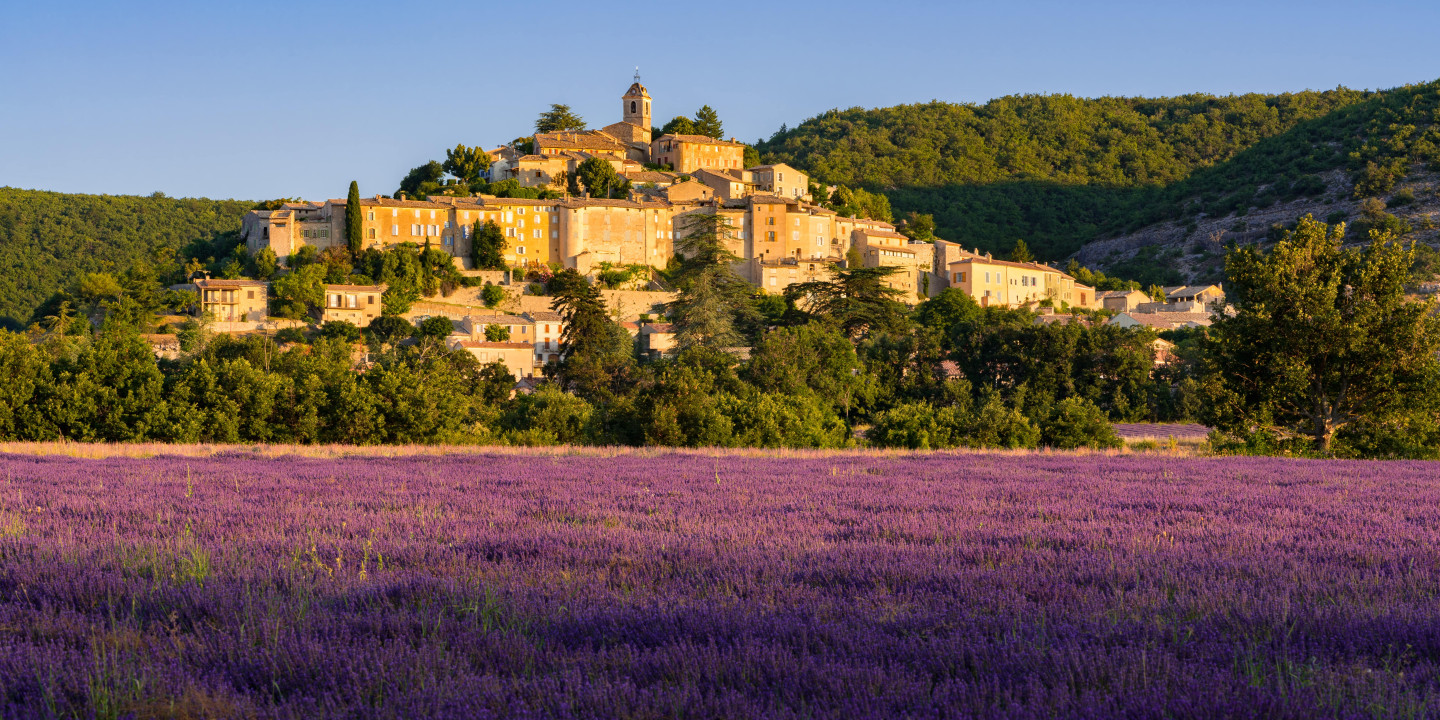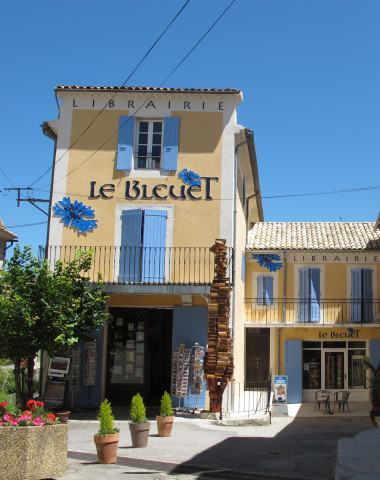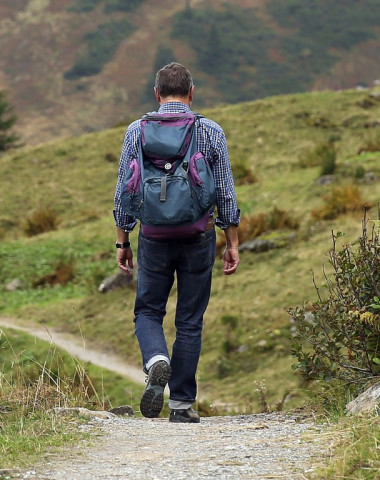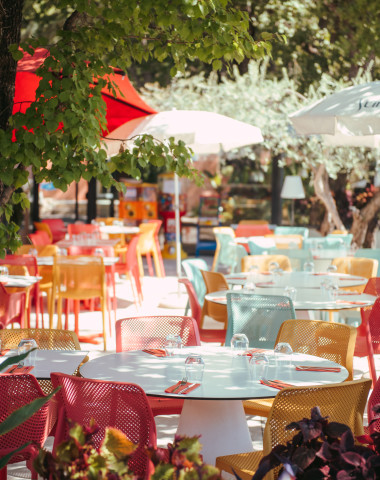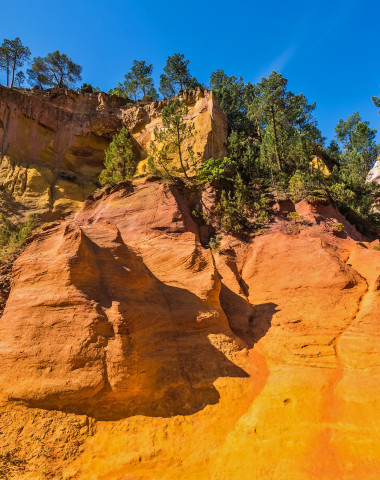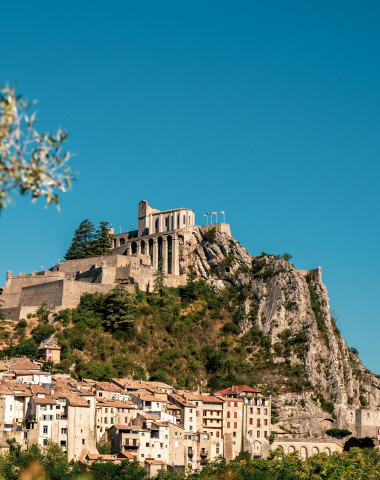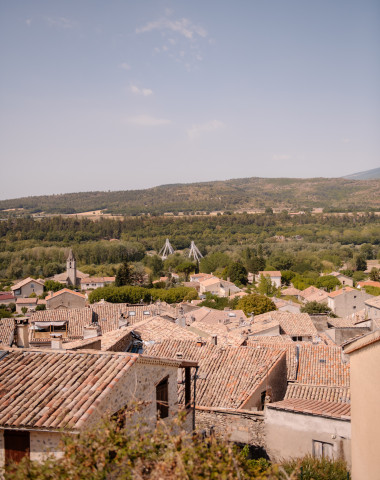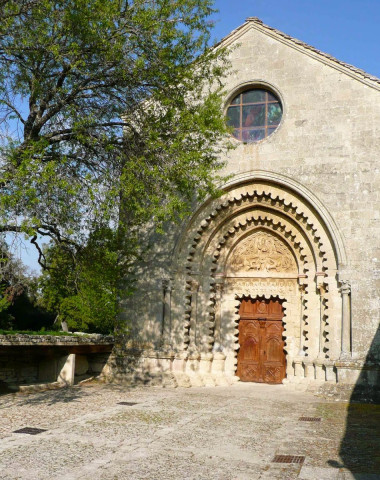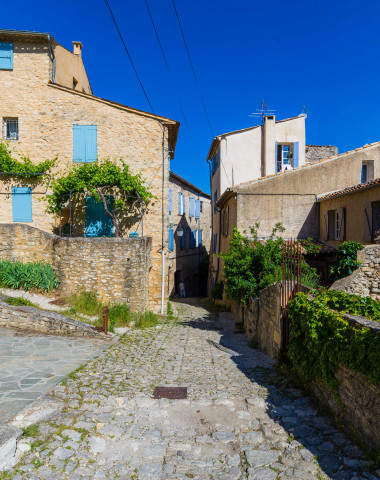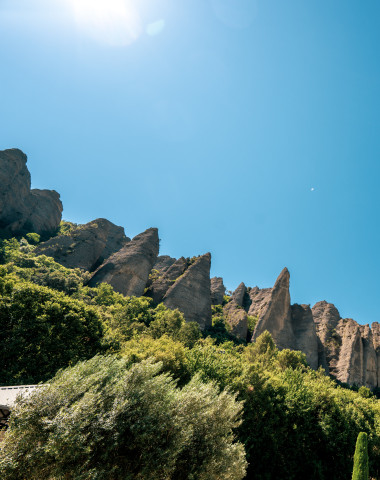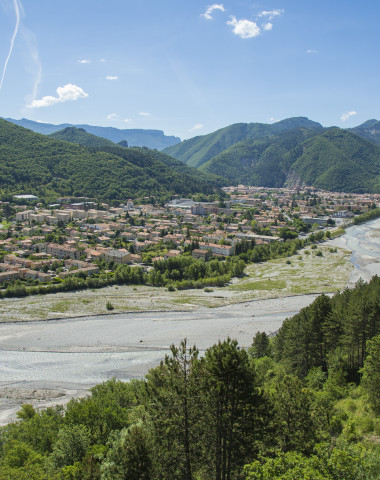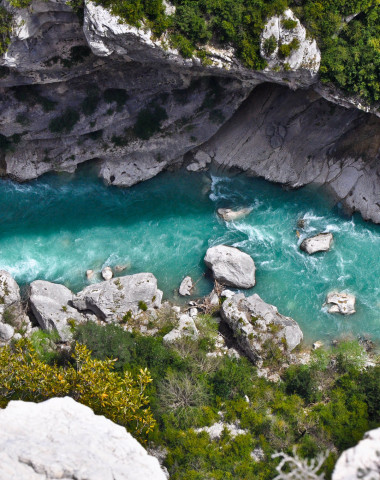Medieval village of Banon
Banon is a medieval village bounded by the remains of the ramparts of the ancient castle. The village has an important and rich historical heritage, notably with the history of its fortified castle.
This village will surprise you with its dynamism, its market and its shops, some of which have an international reputation. Let yourself be carried away by the rhythm of its culture, its traditions, its shows, but above all its heritage.
Let yourself be charmed by the beauty of the landscapes, in summer the violet-blue lavender fields stretch as far as the eye can see over vast fields. You will leave Banon with stars in your eyes.
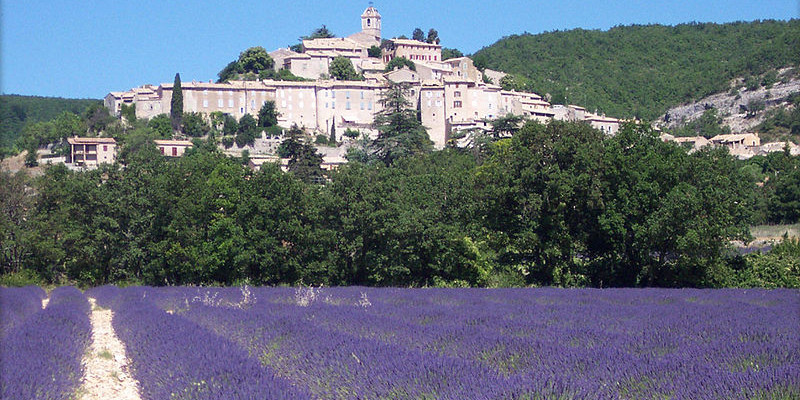
Banon
Ancient doors and machicolations (a floor opening between the supporting corbels of a battlement, through which stones, or other objects, could be dropped on attackers at the base of a defensive wall) dating from the 14th century. A visit to the Banon castle bears witness to its history. However, this castle was completely destroyed during the French Revolution. Subsequently, the castle and the adjoining church were altered several times. The church was rebuilt on the remains of the castle chapel.
Known for it's world-famous goat's cheese, the Banon (AOP). The Banon was already produced by the Romans. In the Middle Ages, it was sold in markets since 1270. Packing in chestnut leaves originated to preserve the cheeses for the winter.
Jules Verne is known to have been fond of it.
A symbol of Haute-Provence, lavender has invaded the landscape, making it an inspiration for many artists.
Practical information
Distance from the campsite:
47.5km / 55m
For more information please click here.
Go out and explore!
Pl. Charles Vial , 04150 Banon
